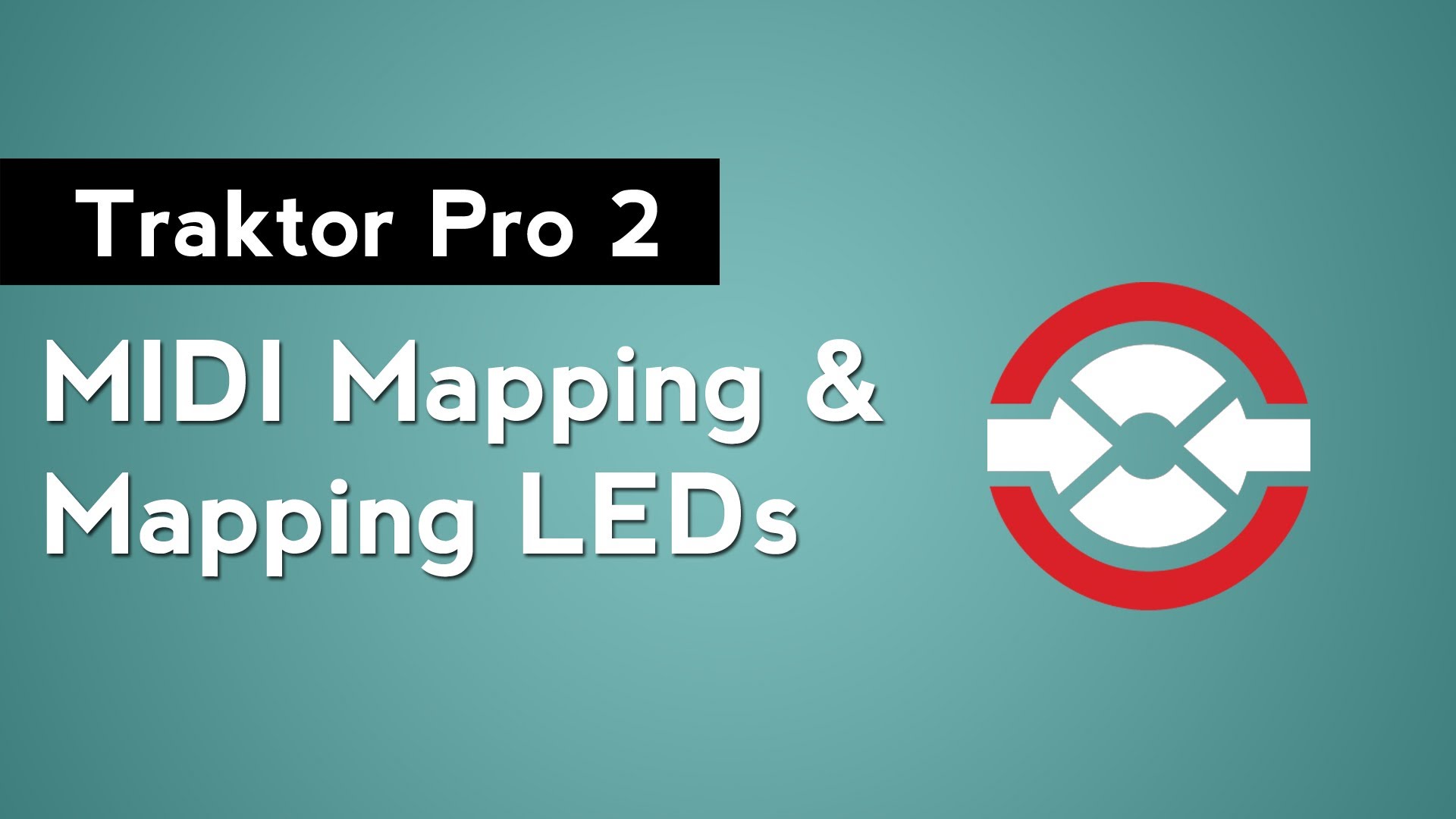
Using a MIDI controller with Traktor Pro 2 enables you to spend less time staring at your computer and more time interacting with the crowd. Watch this video to learn how to map MIDI-out commands that trigger changes to the LEDs on your MIDI controller.
Mapping MIDI-out commands is very similar to mapping MIDI-in commands. Where MIDI-in commands are mapped to physical controls that affect Traktor Pro 2’s digital controls, MIDI-out commands send signals from Traktor Pro 2 to the LEDs on your MIDI controller. The process of mapping MIDI-out commands is similar to mapping MIDI-in commands. To start, click the “Add out” button in the controller manager tab and select the command that you want to map. From there, the process is pretty much the same. You’ll notice that there are different options in the mapping details and LED options sections. Below is a quick reference to the different options.
Controller Range
Controller range affects when changes to the LEDs occur. For simple on/off command, 0 is off and 1 is on. Some commands have degrees between 0-1 while others will have higher ranges of options. This will vary depending on the command you are mapping and sometime relate to the order of options in a dropdown menu. For a simple on/off command, do not change the default settings of 0-1.
MIDI Range
MIDI range affects how the LED on your controller reacts to the command sent by Traktor Pro 2. In this case, 0 represents off and 1-127 represent on. Depending on the type of LED in your controller, the numbers in the range mean have different meanings. 0 may represent “off-state”, where the LEDs are light at a lower intensity than the “on-state”. Likewise, 1-127 may be more than just “on”. On some controllers it may represent the brightness of the LEDs and on others it may represent which color LED or LED state is activated. This depends entirely on the particular controller that you are using.
Invert
Invert works the same way whether you’re mapping a MIDI in or MIDI out command. With invert enabled, the behavior of the LED will be the opposite of its normal state. In the example of a deck playing or paused, the LED works normally light up when the track is playing. With the play/pause command inverted, the light would turn on when the track is paused and turn off when the track is playing.
Blend
Blend is primarily used in conjunction with faders and knobs that have accompanying LEDs. With blend enabled, the LEDs will become brighter/dimmer when the control is moved from one side or its control to the other. In other circumstances it can create a smoother transition from one LED state/brightness to another. For simple on/off commands you can leave this off.